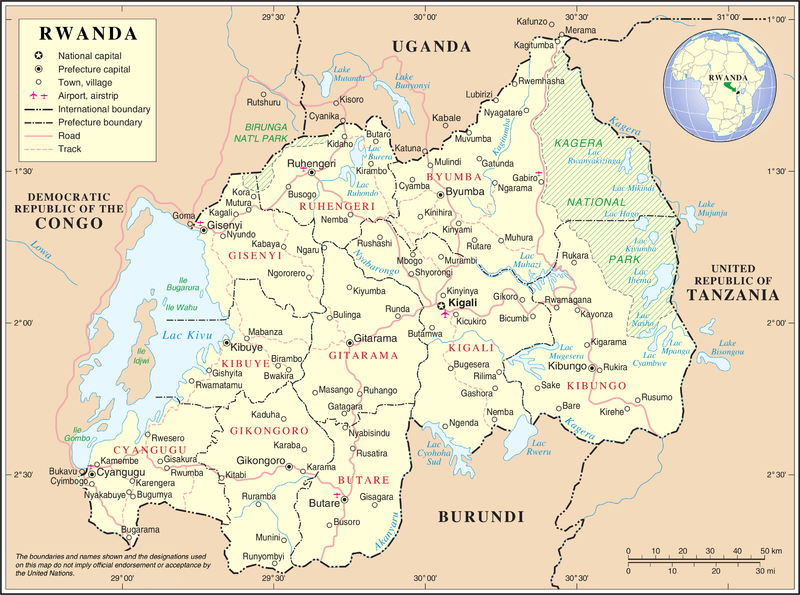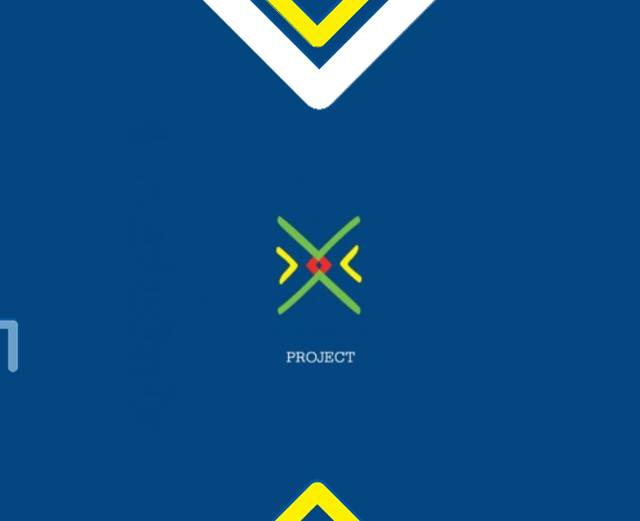Innovation in TMA Strategy 2
Rwanda faces structural economic challenges, which inhibit competitiveness and export capability. To address this challenge, Rwanda is expected to improve production in agribusiness; tap into export markets, and support reduction in the prices of goods by an overall growth in trade. There is an opportunity to shift from a low-income, agrarian society to a knowledge- based, service-oriented economy with a well-developed manufacturing sector.
In Strategy 2, TMA will continue its support to the public sector through reforms focusing on adoption of efficient procedures and systems. It will continue work with business and upscale its transformational work with women. Infrastructure development will also continue to improve Rwanda’s connectivity with its key trading partners in East Africa and beyond.



















